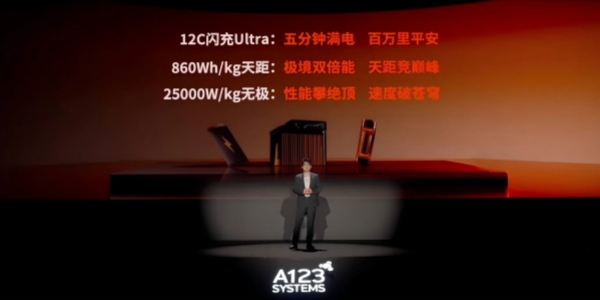How to Troubleshoot LiFePO4 Battery Problems-Here's How to Fix It
We often encounter the question during free technical consultations with our customers: "My LiFePO4 battery is malfunctioning, what should I do?" Lithium Iron Phosphate (LiFePO4) batteries are popular due to their high power density and safety. However, many people are at a loss when they face battery issues.

Today, we’ll introduce some common LiFePO4 battery troubleshooting problems you may encounter, and what actions you should take right away when facing these issues. Take a look and see if you’ve experienced any of the problems listed below!
LiFePO4 Battery Common Troubleshooting and Solution
Troubleshooting 1: Battery Activation Failure
If your battery refuses to activate and charge/discharge beyond 1A, it could be due to significant overdischarge. The battery cells may drop below 10V due to self-discharge or parasitic drains. To revive the battery, use a lithium charger in activation or force-charge mode.
Troubleshooting 2: Undervoltage Protection Engaged
When the battery’s voltage dips too low, the Battery Management System (BMS) halts the discharge process to avoid damage. Immediately disconnect the connected load and charge the battery at over 1A to restore functionality.
Troubleshooting 3: Overvoltage Protection Triggered
Excessive charging voltage may cause the BMS to interrupt charging. Disconnect the charger, decrease the voltage by 0.2-0.4V for about 6 hours, and then attempt charging again with the appropriate voltage. If issues persist, the BMS may need replacement.
Troubleshooting 4: Temperature Protection (High/Low)
BMS safeguards the battery against extreme temperatures. If the temperature is too high or low, disconnect the battery and allow it to return to a normal operating temperature range. The BMS will reset automatically once within this range.
Troubleshooting 5: Internal Short Circuit Detection
An internal short circuit can cause significant heat buildup and excessive current draw. Remove the short circuit immediately, and recharge the battery at a rate greater than 1A to restore proper function. Improving quality control can help prevent these issues from arising.
Troubleshooting 6: Overcurrent Protection Activation
If the battery is exposed to excessive charge or discharge current, the BMS will activate overcurrent protection. Disconnect the battery immediately and allow the current to stabilize before reconnecting.
To help you quickly find the corresponding solution when facing issues, we’ve compiled a list of common LiFePO4 battery troubleshooting problems and their solutions as follows:
Problem Description | Possible Causes | Solution |
Battery cannot be activated with charge/discharge current >1A, and resting voltage<10v<> | Severe over-discharge (due to self-discharge or parasitic loads) | Use a battery charger or charge controller with lithium battery activation or force charging feature |
Battery shuts off due to undervoltage protection | Voltage dropped below preset threshold | 1. Immediately disconnect loads |
Charging interrupted due to overvoltage protection | Charging voltage exceeded preset threshold | 1. Disconnect charging source by 0.2V-0.4V for 6 hours again with correct voltage (repeat if problem persists with LiFePO4 compatible charger) |
Battery triggers high/low-temperature protection | Temperature exceeded/passed below preset threshold | 1. Disconnect charging source or loads |
Battery triggers short circuit protection | Internal or external short circuit occurred | 1. Remove short circuit immediately |
Charge/discharge over-current protection triggered | Excessive current during charging/discharging | Immediately disconnect charging source or loads |
If your problem is not within the above scope, please do not worry, please contact us an email, our professional team of lithium battery experts will give you the best solution.

